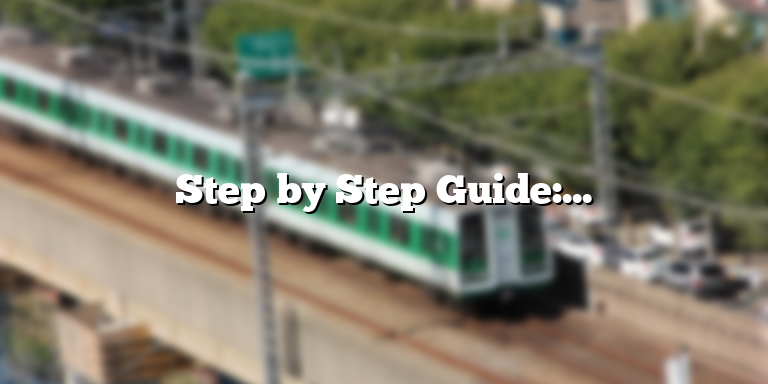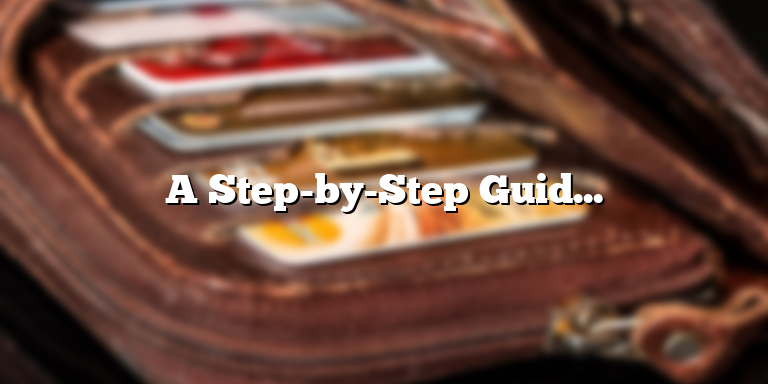
Gather Your Materials
Before you start the process of sewing in hair extensions, make sure you have all the necessary tools and products. This will ensure that the process is smooth and efficient. Here is a list of the tools and products you need:
1. Hair extensions: The first thing you need is the hair extensions themselves. Make sure you purchase high-quality, human hair extensions that closely match the texture and color of your natural hair. You can choose from a variety of lengths and styles.
2. Thread: You will need a strong, durable thread that matches the color of your hair extensions. Choose a thread that is specifically made for hair extensions, as regular sewing thread may break or damage the extensions.
3. Sewing needle: You will need a small, curved needle specifically designed for sewing in hair extensions. These needles are usually made of metal or nylon and have a small hook on the end to help pull the thread through the extensions and braids.
4. Scissors: You will need a pair of sharp scissors to trim the hair extensions to the desired length and to cut the thread.
5. Comb: You will need a wide-tooth comb to detangle your hair and the extensions before sewing them in.
6. Hair clips: Use hair clips to section your hair into small, manageable sections during the sewing process. This will make the process easier and more efficient.
7. Hair tie: You will need a hair tie to secure your hair in a ponytail or braid before you begin sewing in the extensions.
8. Braiding hair: If you have thin or fine hair, you may need to use braiding hair to create a base for the extensions to be sewn onto. Choose braiding hair that closely matches the texture and color of your natural hair.
Once you have gathered all the necessary materials, you are ready to begin the process of sewing in your hair extensions.
Prep Your Hair and Extensions
Washing and drying your hair and extensions is important before you begin the sew-in process. This ensures that everything is clean and ready to be installed. Start by shampooing your hair with a moisturizing shampoo and conditioner. Avoid using products that contain sulfates and alcohol as they can dry out your hair and extensions. Rinse thoroughly, and gently squeeze out any excess water from your hair. Do the same for your extensions by placing them in a bowl of warm water mixed with a mild shampoo. Use your fingers to work the shampoo through the extensions, rinse and gently remove any excess water with a towel.
After washing, it’s important to let your hair and extensions dry completely. Use a towel to gently pat your hair and extensions, gently squeezing out any excess water. Avoid using a blow dryer to dry your hair as heat may cause damage to your hair and extensions. Instead, allow your hair and extensions to air dry naturally. While your hair and extensions are drying, take the time to brush out any tangles. Use a wide-tooth comb or a paddle brush to gently detangle both your hair and extensions. This will make the installation process much easier and prevent any tangling or matting.
Once your hair and extensions are dry and detangled, divide your hair into horizontal sections and clip them away. This makes it easier to work on each section without getting tangled or confused. Grab the first section, and part your hair at the mid-point of your head. Take a small section of your hair close to your scalp, and place it between two fingers. Take a curved needle and thread it with a matching thread. Knot the thread, and insert the needle into the weave net close to the tracks of the extension. Run the needle through the net and your hair three times, and finish by knotting the thread.
Continue sewing rows of extensions onto your hair until all of the sections are complete. Be patient and take your time during the process to ensure that the sew-in looks neat and tidy. With a little practice, you’ll be able to sew-in hair extensions like a pro. Just remember to prep your hair and extensions properly beforehand to ensure a smooth and easy installation.
Section Your Hair
Before beginning the process of sewing in hair extensions, it is important to section your hair properly. Start by dividing your hair into small sections using clips, starting from the nape of your neck and working upwards. This ensures that your hair is evenly distributed and makes the process of sewing in extensions much easier. You can also use a comb to create a straight parting of your hair as you work your way up.
If your hair is thick, it may be necessary to create smaller sections to make the installation process smoother. You should make sure to use good-quality hair clips that are easy to handle and do not damage your hair. These clips will help keep your hair out of the way and reduce the risk of tangling while you work.
Sectioning your hair is a crucial step when it comes to sewing in hair extensions. Not only does it make the installation process simpler, but it also helps to ensure that the extensions fit perfectly and look natural when complete. So, take your time and be patient with this step, as it can make all the difference in the final result.
Sew in Your Extensions
Sewing in hair extensions is a great way to add length and volume to your natural hair. It can produce a seamless and natural-looking result that can last for weeks or even months. If you’re new to sewing in hair extensions, don’t worry. It’s actually easier than it looks. Below are some step-by-step instructions that can guide you in the process:
Section Your Hair
The first thing you need to do is to section your hair. Use a comb to create a straight parting from one ear to the other, going across the back of your head. Clip the top section of your hair up and pin it away from your face.
Then, using the end of your comb, create another straight parting, about a centimeter above the nape of your neck. Clip the rest of the hair above this parting away from the bottom section. This is where you’ll sew in the first row of extensions.
Prepare the Wefts and the Needle
Next, prepare the wefts by measuring them against the sections of hair you’ve created. Cut any excess weft that overlaps the sections. For loose hair, you can make your own wefts by sewing in hair onto a strip of ribbon or fabric.
Then, thread a needle with strong, matching thread. The thread should be double-ply for added strength and security.
Sew in the Extensions
Start sewing your extensions in by positioning the weft near the parting line, about a centimeter above the nape of your neck. Hold the weft against your head with one hand and use the other hand to sew the weft onto your natural hair using a simple stitch pattern. The simplest stitch pattern is the over-and-under stitch.
To do this, insert the needle from the underside of the weft and through the section of hair. Then, insert the needle from the topside of the weft and through the section of hair. Repeat the sequence, going over and under the weft until you reach the end of the section. Tie a knot to secure the thread and continue with the next section of hair and weft.
Finish the Installation
After sewing in all the wefts, blend the hair extensions with your natural hair by using a comb to create a seamless transition. Trim any excess hair or uneven ends for a neater appearance. Style your hair as desired and enjoy your new, longer and fuller locks.
Remember to take proper care of your hair and extensions to prolong their lifespan. Avoid heat styling, harsh chemicals and excessive tugging or pulling. Use a soft-bristled brush, sulfate-free shampoo and conditioner, and sleep with a satin bonnet or pillowcase to keep your hair healthy and protected.
By following these steps, you can sew in your hair extensions with ease and achieve a natural-looking result. With a little practice, you can also experiment with different styling options and create your own unique look that suits your personality and style.
Blend and Style
Congratulations! You’ve successfully sewn in your hair extensions. Now, it’s time to style your hair to achieve the look you desire. Whether you want to add length, volume, or texture to your hair, these extensions can help you achieve your hair goals. Here’s how to blend and style your hair extensions for a natural look.
1. Brush Your Hair
Firstly, brush your hair to detangle it. This step is crucial to ensure that your hair is smooth and free from knots. It is better to use a wide-tooth comb or a detangling brush to prevent any breakage or damage to your hair. Do not forget to brush your hair extensions as well to make sure that they blend in well with your natural hair.
2. Curl or Straighten Your Hair
If you want to add some texture to your hair, you can curl or straighten it. However, make sure to use a heat protectant spray before using any heat styling tools. This will help prevent any damage to your natural hair and extensions. You can also use rollers and pins to curl your hair without using heat.
3. Trim and Blend Your Extensions
If you find that your extensions are not blending in well with your natural hair, you can trim them to match your hair length. This will make them look more natural and seamless. Additionally, you can blend your extensions in by using a razor or thinning shears on the ends of your natural hair. This will create a natural-looking transition between your hair and the extensions.
4. Create a Half-Up, Half-Down Style
A half-up, half-down hairstyle is a great way to show off your sew-in hair extensions. To do this, gather the top half of your hair and secure it with an elastic band. You can then curl or straighten the ends of your hair and extensions for a voluminous look. For extra flair, you can add a hair accessory like a bow, headband, or clips.
5. Experiment with Different Hairstyles
Now that you have mastered the basics, you can start experimenting with different hairstyles. You can try a high ponytail, a messy bun, or a fishtail braid. With sew-in hair extensions, the possibilities are endless. However, make sure not to tug or pull your hair too tight as this can cause tension on your scalp and damage your natural hair.
In conclusion, sew-in hair extensions are a great way to add length, volume, and texture to your hair. With a little bit of practice and creativity, you can blend and style your hair extensions in any way you like. Just remember to take care of your natural hair and extensions, and have fun experimenting with different hairstyles.






